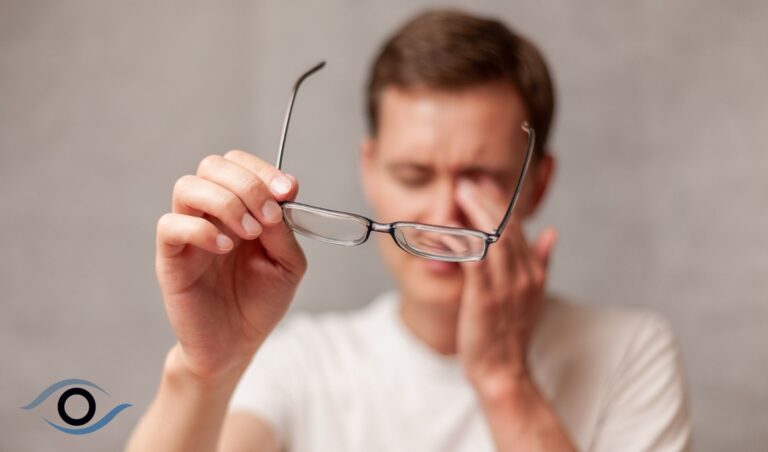Myopia, also known as nearsightedness, is a common vision condition where close objects are seen clearly, but distant objects appear blurry. This occurs when the eyeball is slightly too long, or the cornea is too curved, causing light entering the eye to focus in front of the retina instead of directly on it.

Myopia is increasingly prevalent worldwide, especially in urban areas. Early detection and management can help prevent complications and maintain good vision quality.